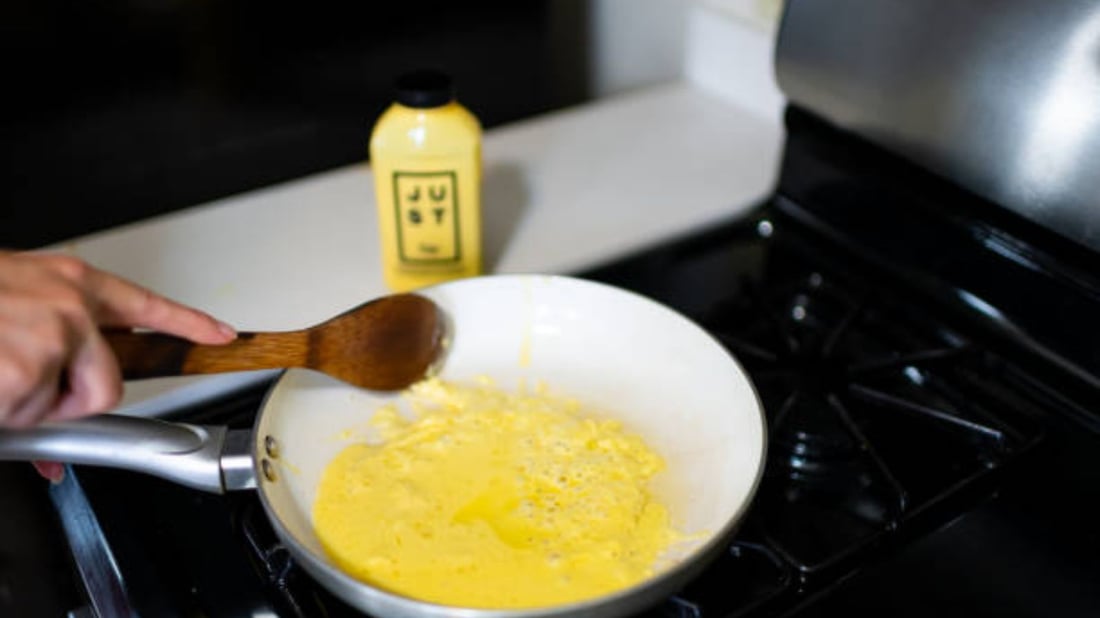Boil: The Essential Cookware for Simmering Soups and Pasta
When it comes to boiling, having the right cookware is essential. Look for pots with thick bottoms to ensure even heat distribution. Stainless steel or enameled cast iron pots are great options for boiling water for pasta or simmering soups.
Stir-Fry: Woks vs. Skillets - Which is Best?
When stir-frying, the right tool can make all the difference. Woks are traditional choices for stir-frying, thanks to their sloped sides and large surface area. However, skillets can also be used for stir-frying with success. Consider the type of stir-fry you'll be making before choosing between a wok and a skillet.
Fry: Deep Fryer vs. Non-Stick Pan - Pros and Cons
For frying foods like chicken or french fries, having the right cookware is crucial. Deep fryers offer precise temperature control and are great for larger batches. On the other hand, non-stick pans can be used for shallow frying and are easier to clean. Consider your frying needs before deciding between a deep fryer and a non-stick pan.
Choose the Right Tools: Materials Matter
When choosing cookware for boiling, stir-frying, or frying, the material matters. Stainless steel is durable and versatile, making it a great option for all types of cooking. Cast iron retains heat well and is ideal for searing and frying. Non-stick cookware is great for easy cleanup but may not be as durable as other materials.
Boil: Importance of Heat Conduction and Retention
When boiling food, having cookware with good heat conduction and retention is key. Look for pots and pans with aluminum cores or copper bottoms for efficient heat transfer. This will ensure that your food cooks evenly and quickly.
Stir-Fry: The Benefits of High Heat and Quick Cooking
Stir-frying requires high heat and quick cooking, so having cookware that can handle these demands is essential. Woks are designed to distribute heat evenly and quickly, making them ideal for stir-frying. Choose a wok with a flat bottom for use on a traditional stovetop.
Fry: Managing Oil Temperature for Crispy Results
When frying foods, maintaining the right oil temperature is crucial for crispy results. Deep fryers offer precise temperature controls, ensuring that your food cooks evenly and crisps up perfectly. Non-stick pans can be used for shallow frying, but be sure to monitor the oil temperature carefully.
Choose the Right Tools: Size and Shape Considerations
When choosing cookware for boiling, stir-frying, or frying, consider the size and shape of the pot or pan. Larger pots are ideal for boiling water or making big batches of soup, while smaller pans are great for stir-frying or shallow frying. Choose cookware that fits your cooking needs and kitchen space.
Boil: Cleaning and Maintenance Tips for Pots and Pans
After boiling food, proper cleaning and maintenance of your cookware are important for longevity. Stainless steel pots can be cleaned with hot, soapy water and a non-abrasive sponge. Enamel-coated pots should be hand-washed to prevent chipping. Regular maintenance will keep your pots in top condition.
Stir-Fry: Tips for Seasoning and Care of Woks and Skillets
To keep your wok or skillet in top condition, proper seasoning and care are essential. Woks should be seasoned before use to create a non-stick surface and prevent rusting. Cast iron skillets should be seasoned regularly to maintain their non-stick properties. Follow manufacturer guidelines for the best results.
Quote Inquiry
Contact us!

